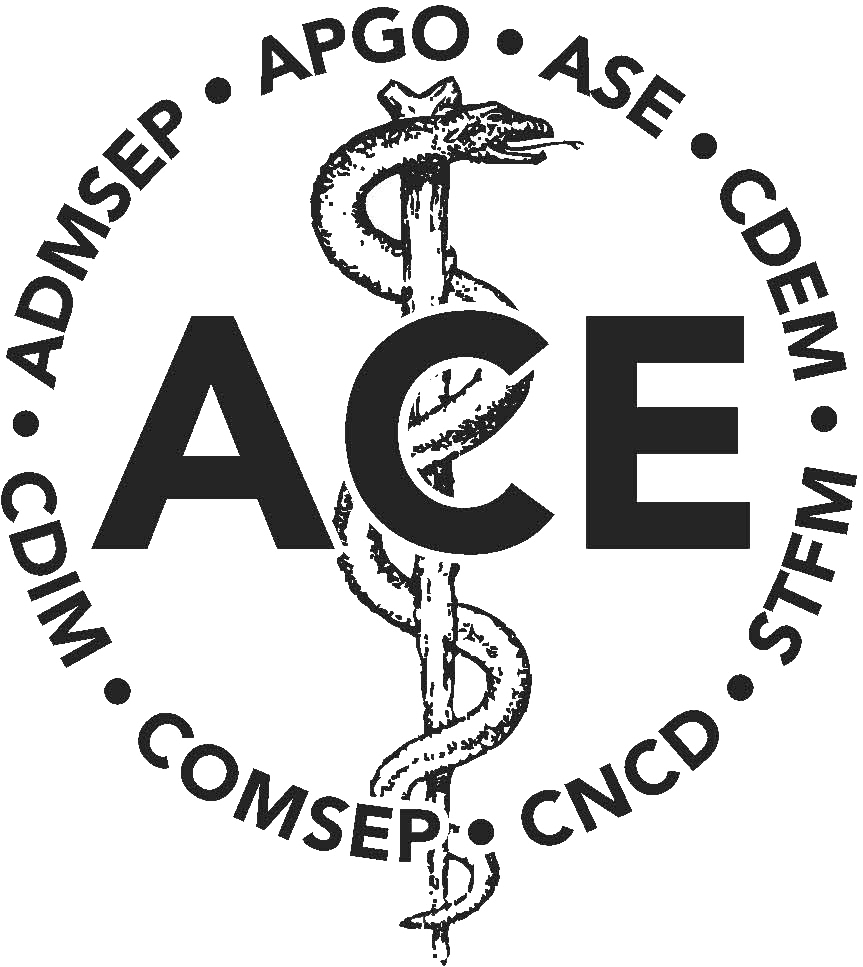Beyond the Knot: What Actually Drives Subintern Evaluation
by Sara Maria Jensen, M.D.; Abigail Bennett, D.O.; Peter Muscarella II, M.D. | June 23, 2025
Article Citation: Rhodin KE, Thornton SW, Leraas HJ, et al. Roles, Responsibilities, and Expectations of Medical Students on Surgical Subinternships: A Modified Delphi Consensus Study. Acad Med 2024; 99(8):874-883. DOI: 10.1097/ACM.0000000000005685
What is this article about?
This study addresses a longstanding gap in undergraduate surgical education: the absence of a standardized, nationally endorsed framework outlining the roles, responsibilities, and expectations of medical students completing surgical sub-internships. To resolve this, the authors employed a modified Delphi consensus methodology, convening a diverse panel of stakeholders, including program directors, clerkship directors, surgical education faculty, residents, and recent sub-interns. Through three iterative survey rounds, conducted between January and April 2023, the panel refined and ultimately endorsed 67 consensus statements spanning seven critical domains: rotation structure, inpatient care and rounding, operating room conduct, technical skills, knowledge base, outpatient clinic involvement, and professionalism.
Why should you read the article?
Whether formally or informally, many surgical faculty, fellows, and residents serve as educators and evaluators of medical students during their subinternships. Inconsistent subinternship structures, both across institutions and within services at the same institution, exacerbate this challenge. Consequently, feedback and evaluations often lack uniformity, leaving students to navigate unspoken expectations during a high-stakes phase of training.
How can you use this article?
The surgical subinternship is a highly variable experience for medical students. Yet many surgical educators are tasked with evaluating subinterns without shared criteria or clarity on what truly matters. This consensus rectifies that disconnect. It codifies the essential attributes of subintern performance and reframes the rotation as a period of professional maturation, not simply procedural exposure.
Rounding, patient care, and professionalism emerged as the top priorities. Technical skills, often overemphasized by students, were less predictive of evaluators’ impressions. This reflects a more profound truth: trainability, not perfection, signals potential. For educators, this work provides a shared evaluative lexicon to inform feedback and decision-making regarding advancement.
Review Authors: Sara Marie Jensen, M.D., Family Medicine PGY-3, Niagara Falls Memorial Medical Center, Niagara Falls, NY (Co-authored with Drs. Abigail Bennett and Peter Muscarella). Organization: Association for Surgical Education
